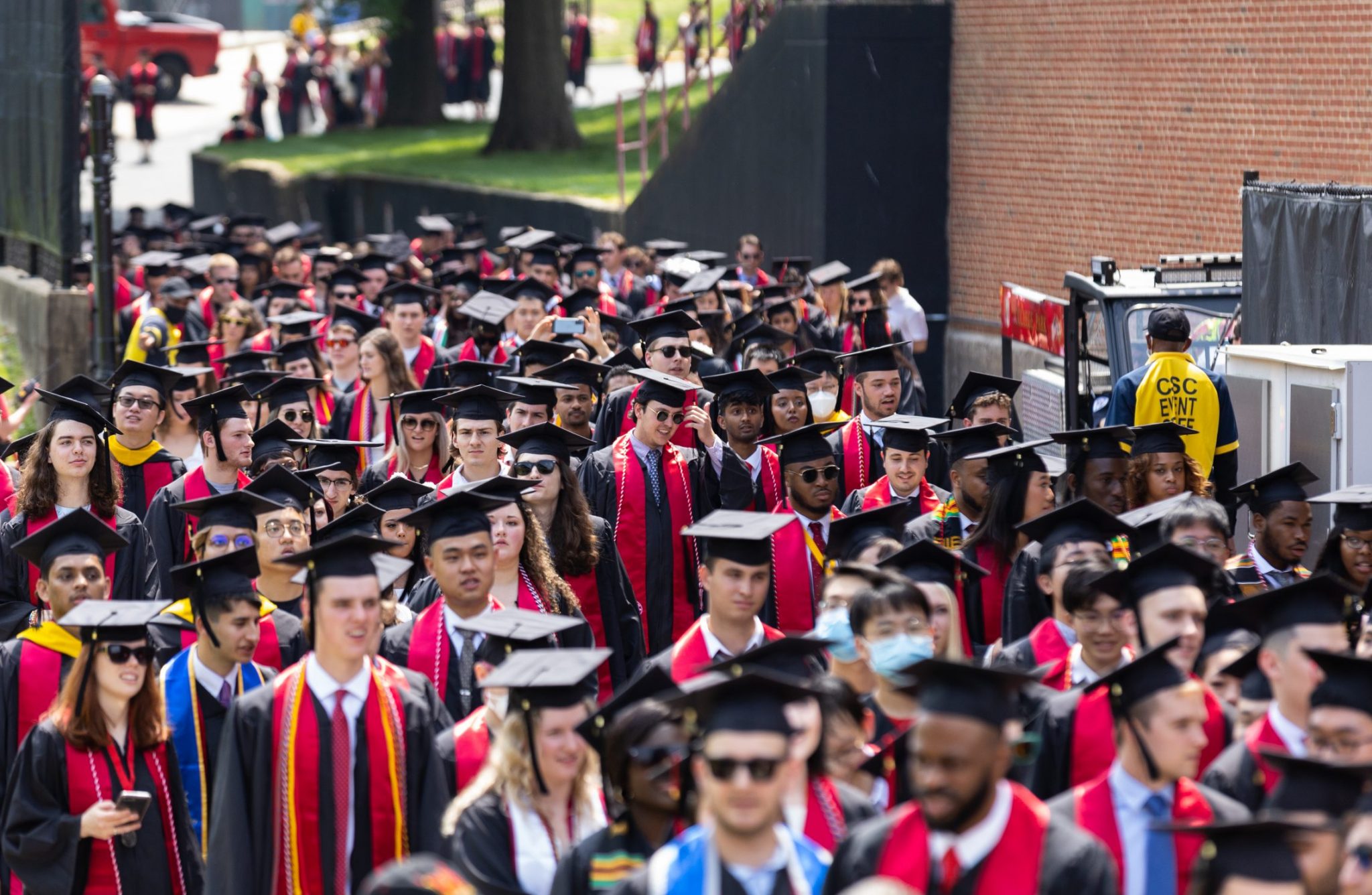Views expressed in opinion columns are the author’s own.
Doctoral students live in a state of, in the words of Jean-Paul Sartre, “being and nothingness.” Doctoral students are not professors, but are also not the same as undergraduate or master’s students. They receive a specific type of training, which enables them to conduct research, teach and analyze information in preparation for a future career.
In 2020, Concordia University released a report that found that only 22 percent of its doctoral graduates had a tenure-track or tenured job. Brad Nelson, associate dean of academic programs and development at Concordia’s graduate school, made a point to university affairs that should be applied to all United States doctoral programs: “If the programs don’t fit the outcomes, let’s see about changing them.”
While I began talks with the University of Maryland’s administration during my time as the Graduate Student Government president about the lack of effective career support for doctoral students, there is still more work to be done. Doctoral programs must develop pathways to careers outside of academia and support students in career acquisition.
Currently, academia is designed to develop doctoral students into future academics. Academics teach classes, conduct research and often serve as university leaders. However, achieving this type of career placement is not only unlikely, but the ideation is unhealthy.
About two percent of the United States population has a doctoral degree, and even for those who do, the chances of landing a tenured job are not great. While gaining a tenured position is often the main goal for a doctoral graduate, less than 20 percent actually achieve this.
Doctoral programs need pathway opportunities that help students go from graduate assistantships to careers post-degree without a delay. This can happen through two mechanisms — tracking doctoral career pathways and sharing the cost of graduate assistantships.
Creating internships through graduate assistantships allows students to experience different career sectors appropriate for their profession during their education that they may otherwise overlook as career options. There is potential to create a cost-sharing relationship of graduate assistantships where the location pays for part of the graduate assistant stipend, reducing the burden on the university.
There are several ways universities can track doctoral career pathways. For instance, TRaCE is a project that was developed to learn where doctoral students end up, through a process that enables both qualitative and quantitative data collection. While some may suggest simple exit interviews, TRaCE’s goal is to understand career pathways through more advanced data that may not be captured in exit interviews.
Career pathways are complicated and tenured positions are unlikely, so how can this university ensure doctoral students keep time to their degree and are not deterred by not placing into a career?
We are uniquely situated in an area that has a plethora of opportunities that often are not leveraged for doctoral students. Organizations in the Washington, D.C., area that have the potential to cost-share graduate assistantships and develop career pathways include the U.S. Department of Justice, the World Bank Group, the Library of Congress, Lockheed Martin, the Smithsonian Institution, The Washington Post and more.
Many of these places already have internship opportunities, but they are treated as summer internships rather than true pathway programs.
There are several benefits to this university by pursuing a pathway graduate assistant program. Doctoral students will get out sooner and maintain time to degree through career opportunities. It will also help support the growing workforce needs of the Washington, D.C., area, as well as lead to a reduction of direct cost to the university by utilizing cost-sharing with other organizations.
Pursuing a pathway graduate assistant program also enhances graduate assistantship through learning opportunities that cannot be obtained in a classroom alone, such as applying their research skills in a workplace setting that is not in academia.
Developing a pathway program requires someone to take the reins, and at this university, the responsibility lies with the administration to change how doctoral programs are treated.
Autumn Perkey is a government and politics doctoral student. She can be reached at perkey@umd.edu.



